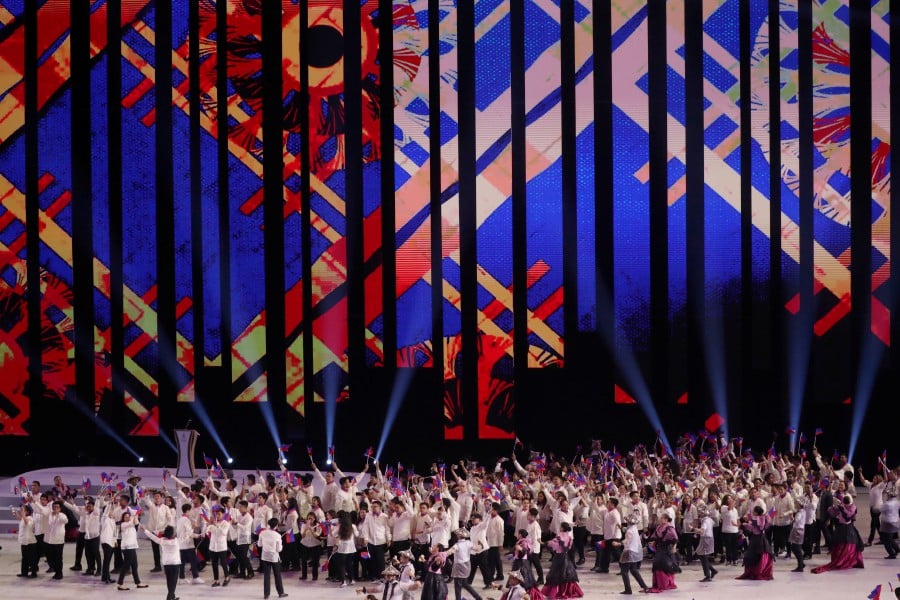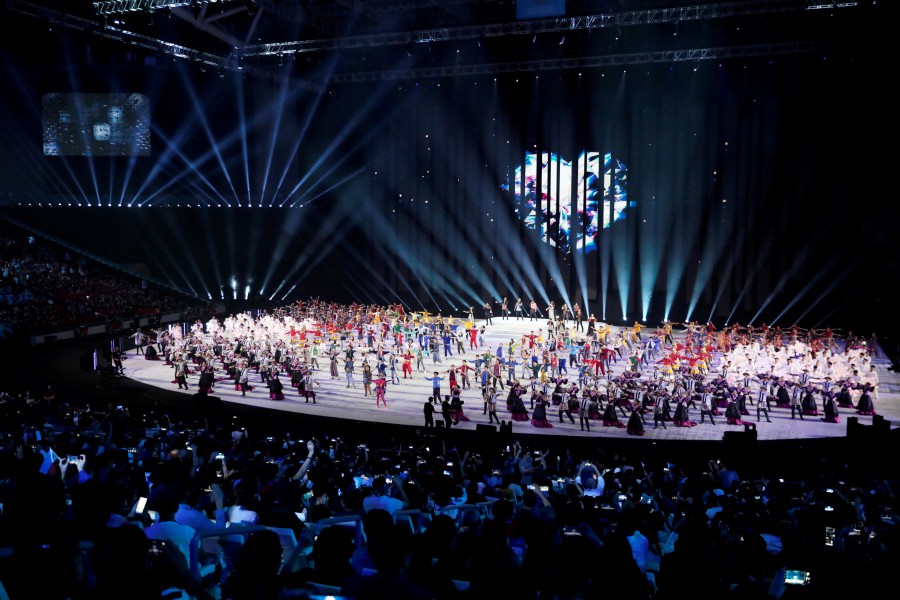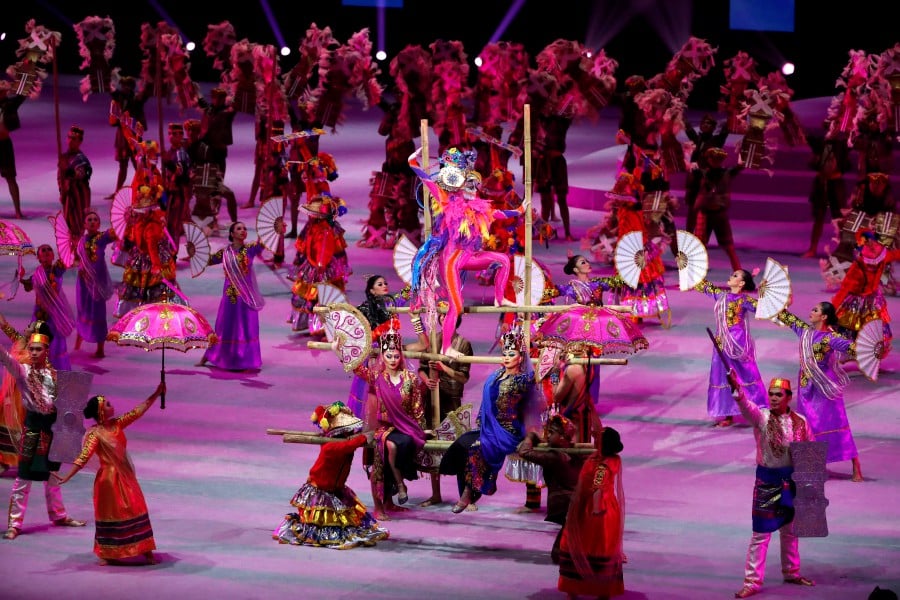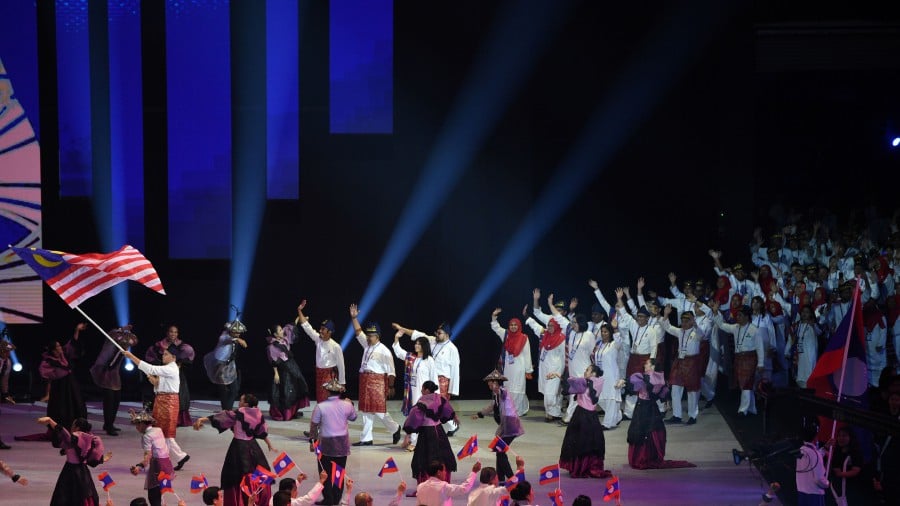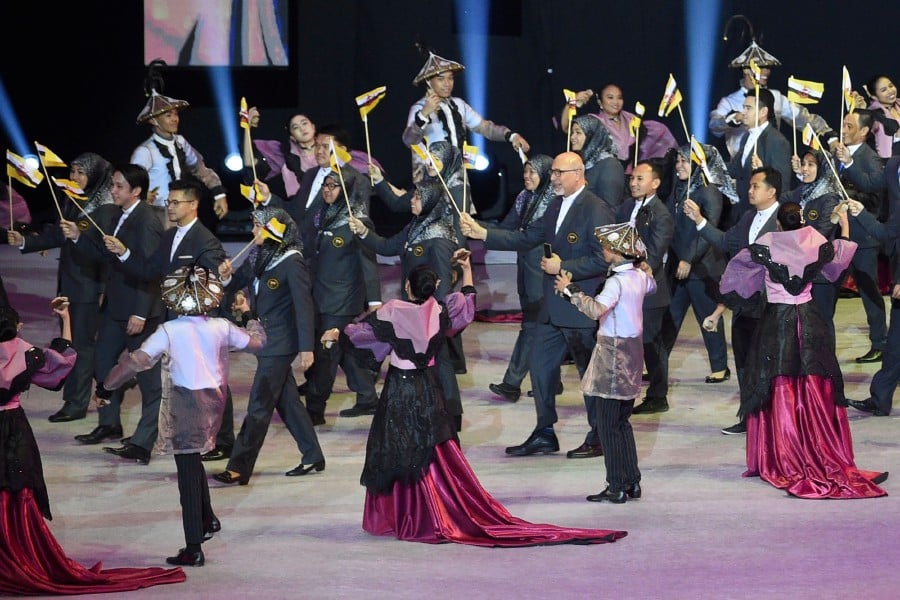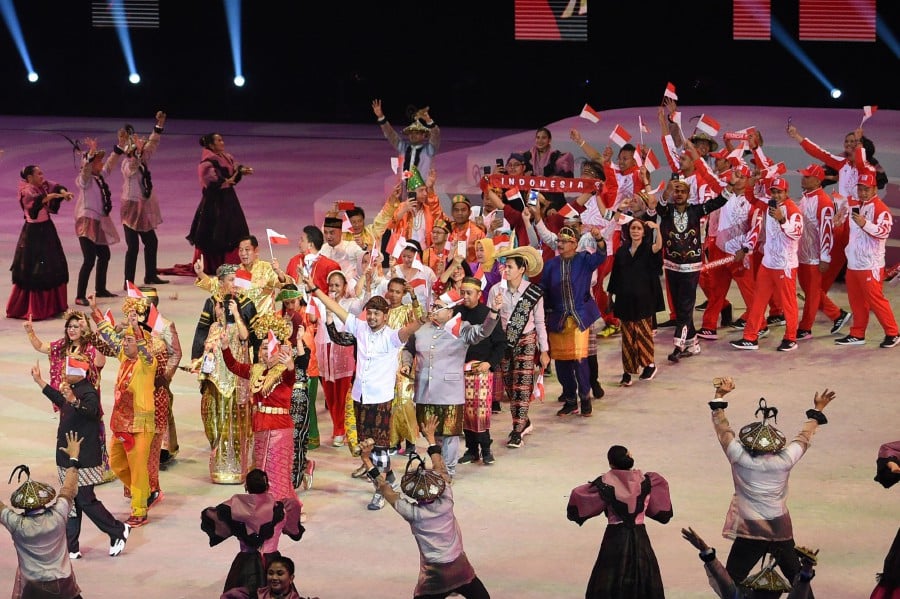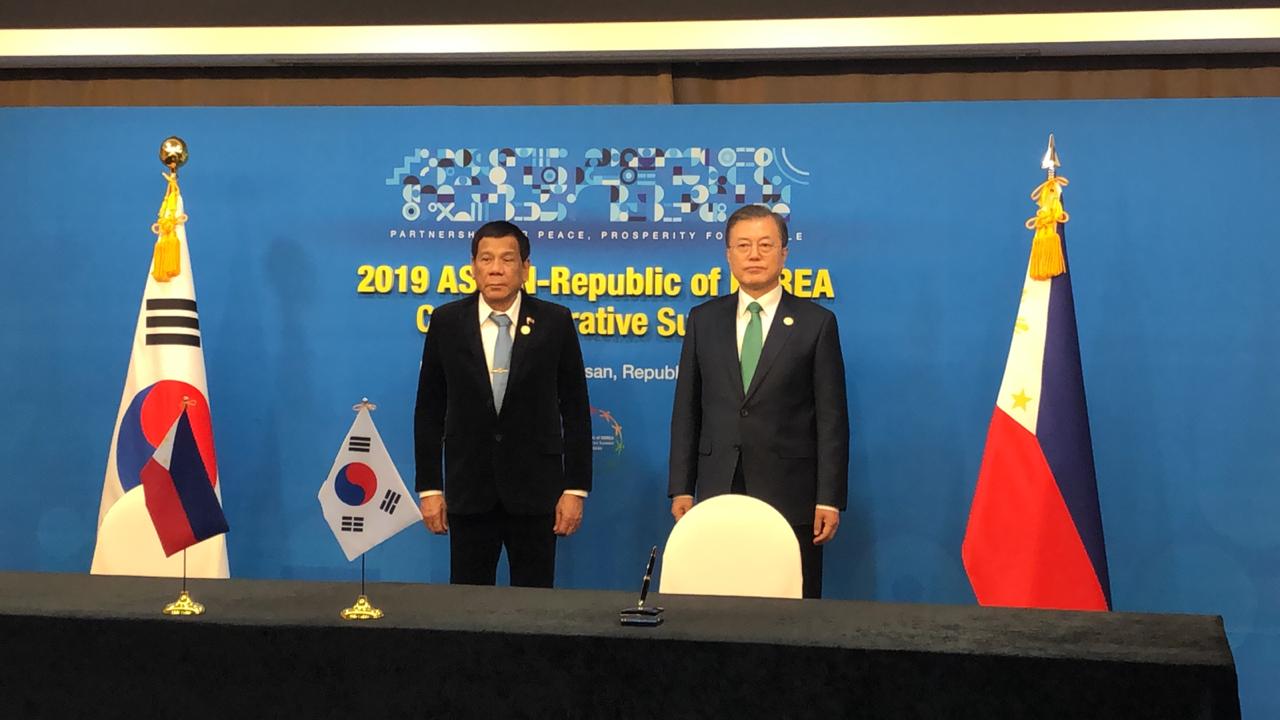Philippines prepares for world-class airport
Ai Ballesteros
ASEAN Economist
30 November 2019
Ai Ballesteros
ASEAN Economist
30 November 2019
The Philippines is set to get its own world-class gateway after the National Economic and Development Authority (NEDA) on Friday cleared the consortium’s proposal to revamp the Ninoy Aquino International Airport (NAIA).
The NEDA’s green light was the last approval that needed to be obtained by the consortium, after which it will undergo a competitive bidding or Swiss challenge, where the government will invite more private companies to top the proposal.
The consortium is composed of Ayala Corp., Aboitiz Group’s Aboitiz InfraCapital Inc., Andrew Tan’s Alliance Global Group Inc., Lucio Tan-led Asia’s Emerging Dragon Corp., the Gotianuns’ Filinvest Development Corp., the Gokongwei Group’s JG Summit Holdings Inc. and Metro Pacific Investments Corp.
Should there be no bidder within the given time frame, the NAIA consortium will be paved the way for the construction so long as it secures the Department of Transportation’s notice to proceed. The consortium will be given a 15-year concession period.
“This will mainly for the enhancement of the passenger experience, improving the movement of people in the terminal buildings as well as the movement of planes,” NEDA chief Ernesto Pernia told the Philippine media.
In September this year, a high official from NEDA who declined to be named said Swiss challenge is likely to happen within the end of the year.
In July this year, NEDA returned the consortium’s offer to rehabilitate NAIA and required another round of revision.
The consortium was told to follow the operations and maintenance template of the Clark International Airport in Pampanga.
Prior to NEDA, the Department of Transportation already gave its go-signal saying the offer “was acceptable.”
The rehabilitation of NAIA was one of the Duterte administration’s priorities after suffering from worsening congestion in the past few years. It is servicing 40 percent more than its designed capacity.
Last year, listed construction firm Megawide Construction Corp. expressed its interest in participating in the Swiss challenge for NAIA rehabilitation.
Megawide, in partnership with Bangalore-based GMR, developed and currently operates the Mactan-Cebu International Airport.
